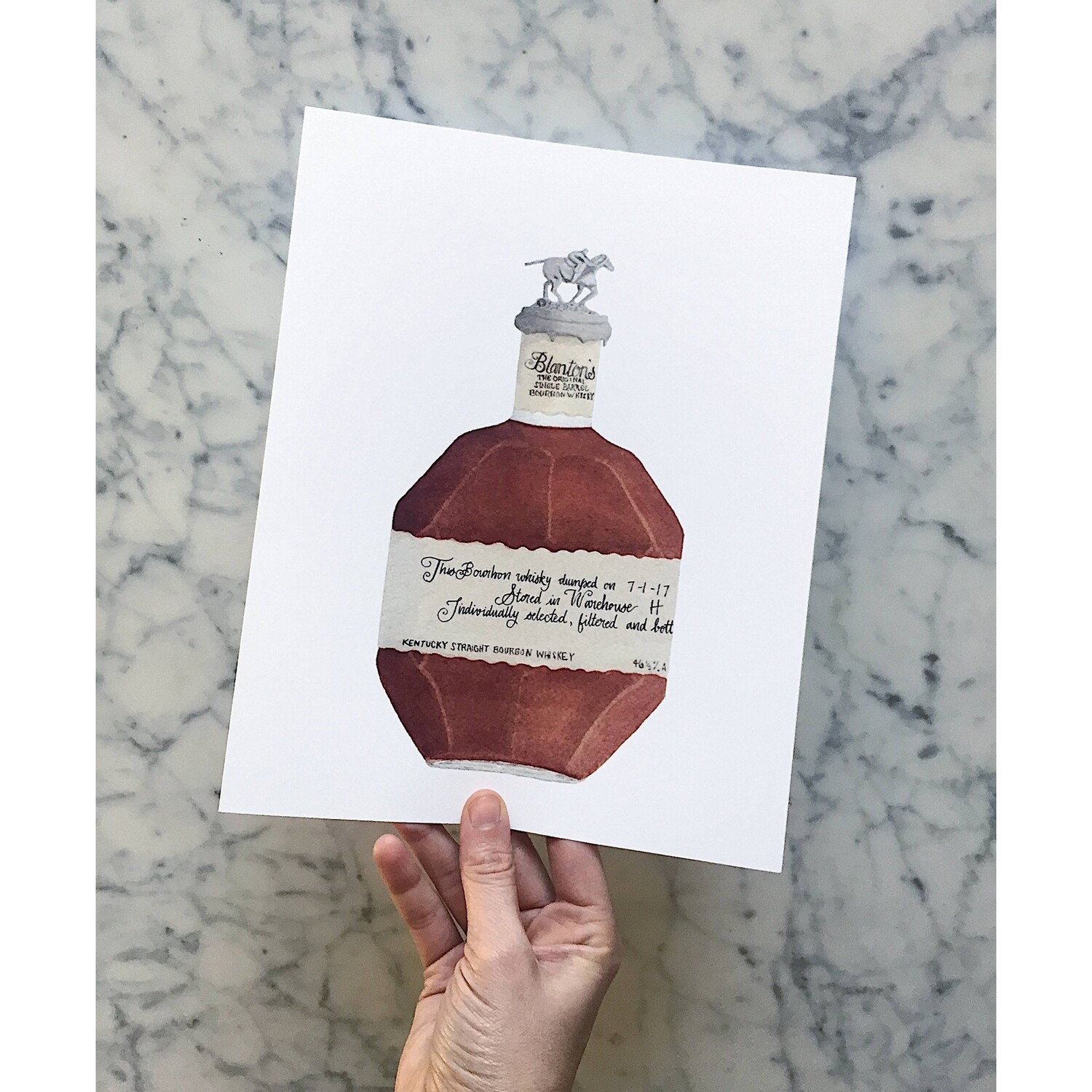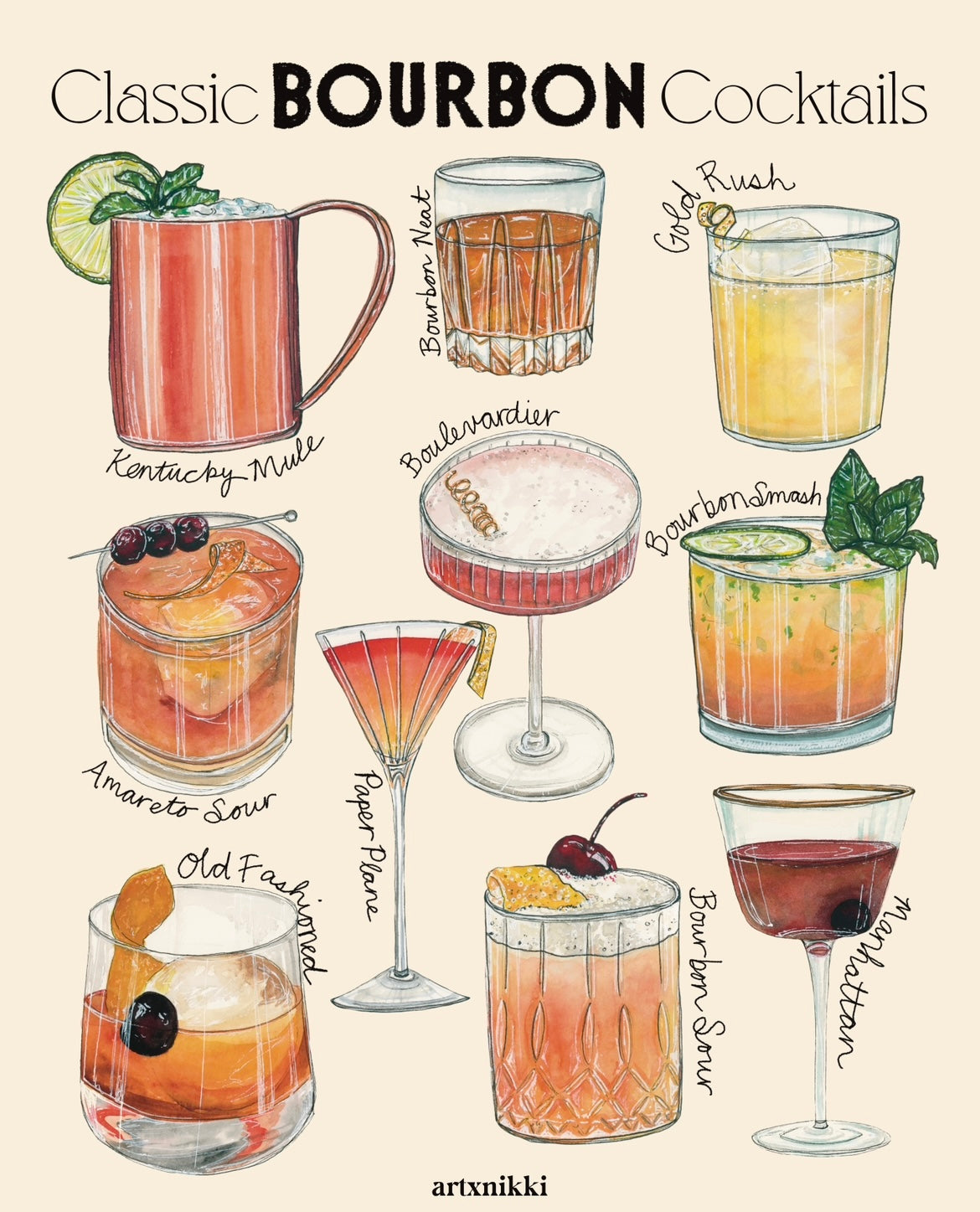Limited Edition: Discover Exclusive Bourbon Art Parts for Collectors
Limited Edition: Discover Exclusive Bourbon Art Parts for Collectors
Blog Article
The Importance of Whiskey Art in Celebrating Heritage and Workmanship in the Beverage Sector
The detailed connection in between scotch art and the celebration of heritage and workmanship within the drink industry can not be overemphasized. With attentively designed labels and bottles, scotch brands envelop their historic origins and the artisanal skills that define their production approaches.
The Historic Roots of Whiskey
At the heart of scotch's attraction exists a rich tapestry of historic origins that trace back to old civilizations. The beginnings of scotch can be linked to the purification methods of the Sumerians and Babylonians around 2000 BCE, where very early kinds of fermented grain beverages started to arise. It was in the Middle Ages that the art of distillation evolved dramatically, especially in Ireland and Scotland, leading to the creation of scotch as we know it today.
The term "bourbon" itself originates from the Gaelic word "uisce beatha," implying "water of life." This expression highlights the social significance of bourbon in Celtic cultures, where it was typically connected with routines, events, and common bonding. By the 15th century, distillation became a recognized craft within monastic communities, leading the way for the establishment of legal distilleries.
As trade courses increased, whiskey's appeal grew, going beyond local boundaries and catching the interest of connoisseurs worldwide. Bourbon Art. This historic journey shows not just the workmanship behind whiskey production yet additionally its integral function in social and social contexts, marking it as a considerable beverage throughout background
Artistic Expression in Branding
Scotch branding stands as an engaging intersection of creativity and business, where aesthetic identity plays an important role fit consumer perception. The appearances of scotch tags, packaging, and marketing materials reflect not just the brand name's tale yet also its core values and heritage. Via creative expression, distilleries convey a story that resonates with customers, evoking feelings and sparking links.
Making use of shade, typography, and images in branding serves to distinguish products in a saturated market. Traditional motifs may evoke a sense of credibility and workmanship, while contemporary layouts can indicate technology and forward-thinking. This critical artistic direction enhances brand name acknowledgment and loyalty, enabling consumers to forge a personal relationship with the bourbon they pick.
Moreover, creative expression in branding typically acts as an event of regional heritage. Distilleries often include regional signs or historic recommendations into their styles, developing a local color that invites customers to take part in a more comprehensive cultural experience. Ultimately, the creativity behind scotch branding not just improves visual charm however also enriches the total narrative of the brand name, promoting a much deeper appreciation for the workmanship and heritage embedded in each container.
Craftsmanship in Bottle Layout
The virtuosity apparent in scotch branding expands beyond visual identification to encompass the craftsmanship associated with container style. Each container works as a vessel not simply for the spirit within, however also for the story it informs concerning its practice, beginning, and high quality. The style process needs meticulous interest to information, as aspects such as closure, shape, and material contribute considerably to the total assumption of the scotch.
Workmanship in container style involves picking high-grade glass that can enhance the bourbon's color and clearness, while likewise giving a responsive experience for the consumer. The shape of the container need to be both visually appealing and functional, often showing the heritage of the brand. Many distilleries select unique forms or embossed logo designs that stimulate a sense of credibility and history.
Moreover, the from this source tag style and typography play an essential role in interacting the brand's narrative. Whiskey Art. A well-crafted container not just captivates the customer's eye however likewise strengthens the brand's dedication to quality and tradition. By doing this, the craftsmanship of container style becomes a crucial element of the whiskey experience, combining artistry with an extensive respect for heritage
Social Significance of Scotch Art
Celebrating custom and workmanship, the cultural value of scotch art goes beyond mere aesthetics, linking with the social and historical stories of the regions from which it stems. Each bottle acts as a canvas, depicting the unique tales, mythology, and traditions that have actually formed local whiskey-making methods. The detailed designs commonly show the heritage of the distillers, including symbols and themes that reverberate with the society and values of their neighborhoods.

In pop over here enhancement, scotch art plays an essential duty in communal celebrations and parties, acting as a substantial link in between people and their shared experiences. By appreciating the virtuosity in scotch product packaging, consumers grow a deeper understanding and respect for the craft, inevitably enhancing their satisfaction of the beverage itself.
Modern Trends in Scotch Discussion
Over the last few years, the presentation of bourbon has actually developed to mirror modern tastes and trends while still recognizing standard workmanship - Bourbon Art. Distilleries are progressively concentrating on aesthetic elements that improve the general alcohol consumption experience, linking the gap between heritage and modernity
Cutting-edge container designs have emerged, commonly incorporating sustainable materials and creative tags that tell engaging tales. Several brand names now work together with regional musicians, instilling their products with unique visual expressions that resonate with customers. In addition, limited-edition launches are usually packaged in collectible containers, including value and appeal for aficionados.

Final Thought
Finally, whiskey art functions as a crucial avenue for expressing the heritage and craftsmanship inherent in the beverage industry. With detailed branding, innovative bottle styles, and culturally substantial imaginative elements, whiskey brands successfully recognize their practices and get in touch with consumers. This creative narrative not just raises the admiration of bourbon but also reinforces neighborhood identity and pride among producers. Eventually, scotch art plays a crucial role in preserving and celebrating the abundant social tapestry of whiskey-making.


Workmanship in bottle design entails picking top notch glass that can improve the scotch's color and quality, while additionally supplying a tactile experience for the customer. In this means, the craftsmanship of bottle layout ends up being an important aspect of the bourbon experience, combining artistry with an extensive regard for heritage.
In conclusion, bourbon art offers as an important avenue for revealing the heritage and craftsmanship integral in the drink sector.
Report this page